Intro
The purpose of this project is to see if we can create a small IoT power harvesting module that can use both the light and heat produced from the sun. Solar panels can reach normal temperatures of 95 degrees Fahrenheit and can even get as hot as 149 degrees Fahrenheit (source: https://goo.gl/chraJG). This is because solar cells absorb al ot of radiation as heat. Researchers are looking into how to effectively cool panels so that they can operate more efficiently but this would not be feasible for smaller solar cells. My idea is to utilize this high temperature to produce more electricity during the day. The best way to create this temperature difference is to have the colder night air cool a water based heat sink. This cool water is housed in an insulated container so that it slowly get warmed throughout the day. When the solar panel quickly gets hot it will create a temperature difference with the TEG causing it to produce a strong voltage throughout the day. This device can be small and modular . The device should be able to be attached to any sensor and because of its small size it can be attached anywhere to collect data.
Method
One 40mm by 40mm Thermoelectric Generator (TEG) module can produce 1 volt with 200 mA by using a 20 degree temperature difference. By coupling a solar cell to a colder temperature, We can utilize the high temperature of the solar cell to generate more energy through out a hot day. This project will utilize 4 of those TEG modules and couple them with a 5V solar panel. The goal is to produce 5V from the panel and atleast 4v from the TEG modules. If this can be proven, then the next step is to create a smaller scale module that is 40 mm by 40 mm and can produce at least 2 volts totals from both the solar panel and the TEG. The hot side of the TEG module will need to quickly reach the high temperature of the solar panel. Therefore the hot side needs to be conductively glued with the solar panel. For the module to produce a high voltage the cold side needs to be able to be passively cooled. This project utilizes a water chamber as a heat sink to maintain a cold side as long as possible. The chamber was 3D printed to fit the solar panel exactly and the stls are attached to this project.
Results, Conclusions and Further improvements.
In the hot weather we are experiencing today, the solar panel easily gets to over 90 degrees Fahrenheit. Furthermore, during the night there is 60-70 degree weather. Therefore there is a 20 degree increase in temperature ATLEAST during the day. The challenge is to harness this temperature change and integrate it into a solar panel TEG hybrid device.
The results showed that the TEG can give a feasible operable voltage when it is heated. The issue seems to be that it is hard to keep the water cool from the environment. The sun definitely heats up the PLA chamber which help heats up the water at the same rate as the panel. I need to run more tests to confirm these results. I think the theory is sound and some of the data from the project supports this theory. At the least I plugged it into a particle photon to measure the soil moisture of the plants.
To further improve the device I will figure out a way to keep the water cool by using a metal housing with a reflective double wall similar to a Yeti water bottle. If I can show that the TEG can produce the 4 volts I need from the sun, then the next big step would be to create a 40mm by 40mm by 40 mm thermoelectric solar module cube that can be used to power low sensor applications. In the end, this hybrid thermoelectric solar module is quite flexible to provide power to low power as well as relatively higher power IoT applications. It can simply be plugged into any low power device like the particle photon.
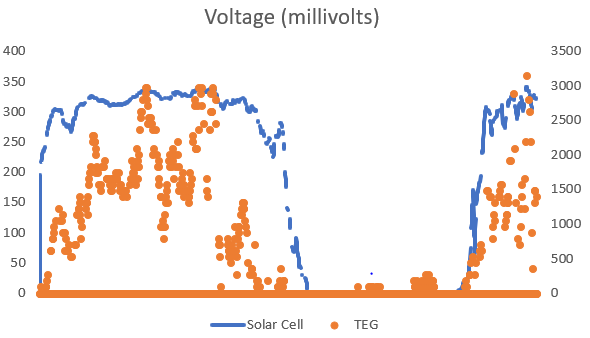
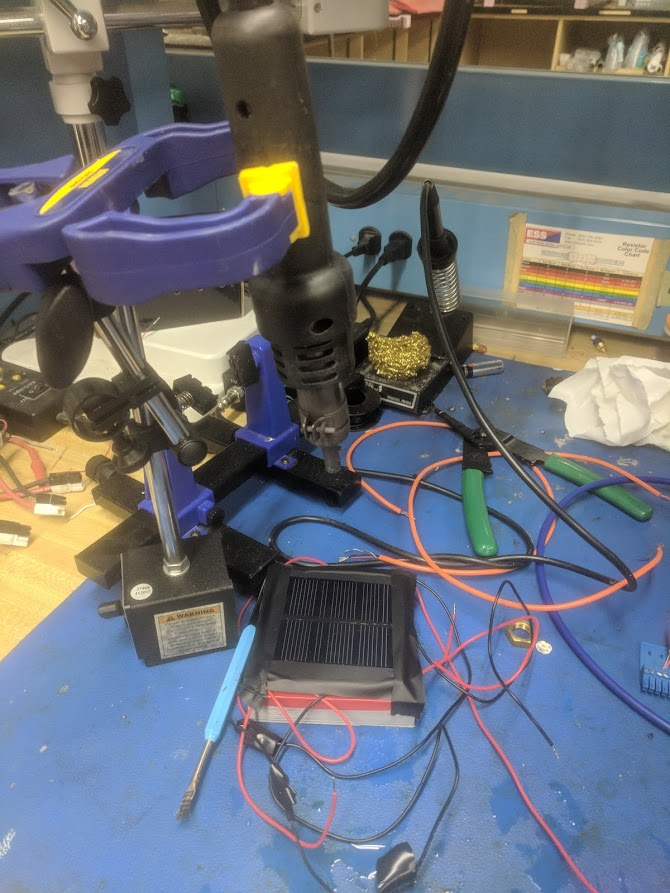
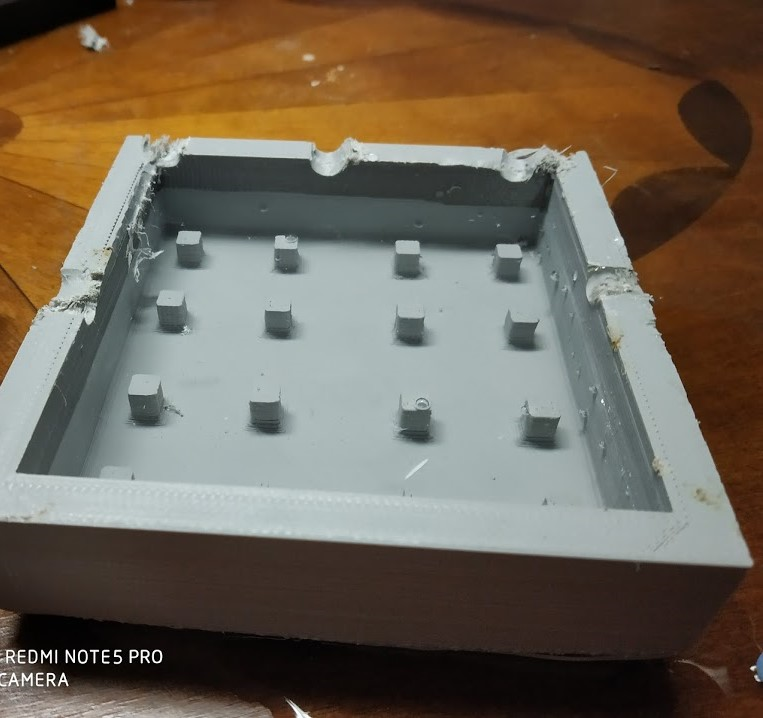
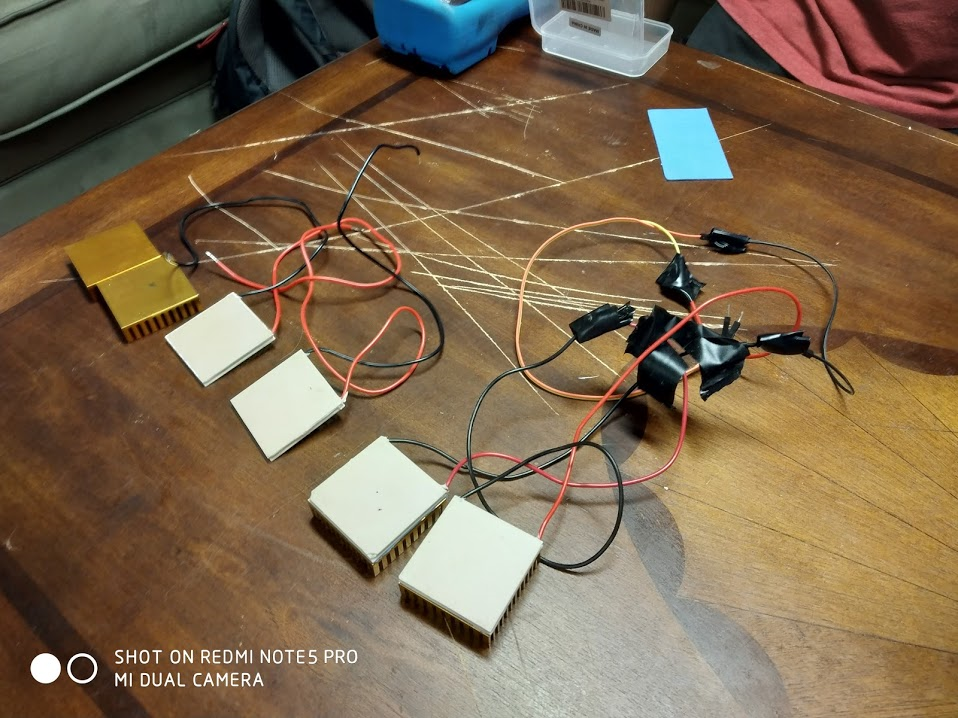
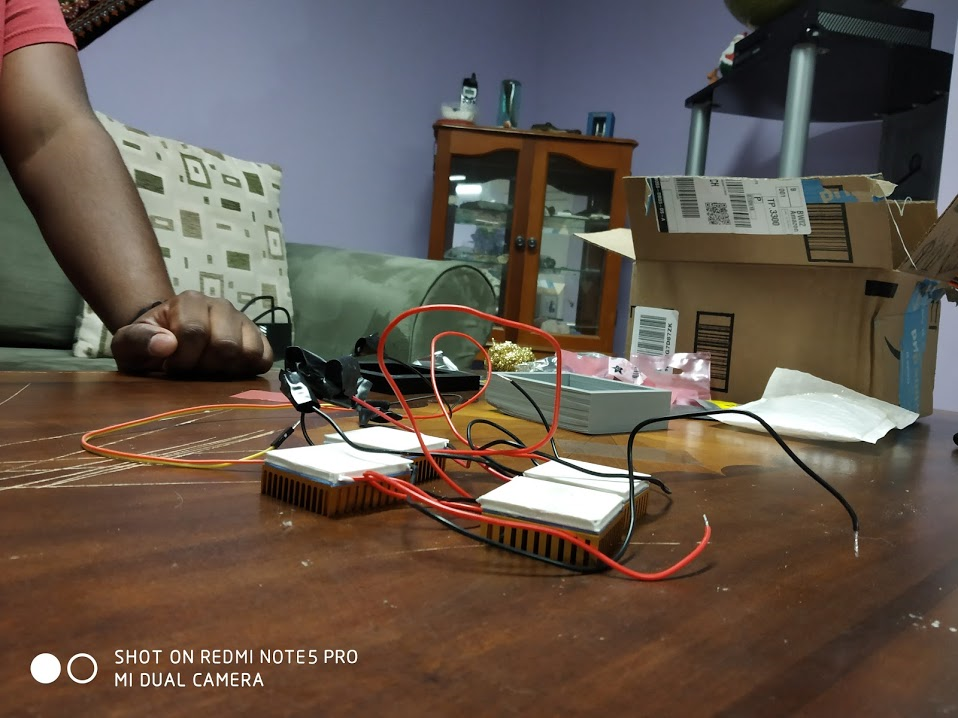

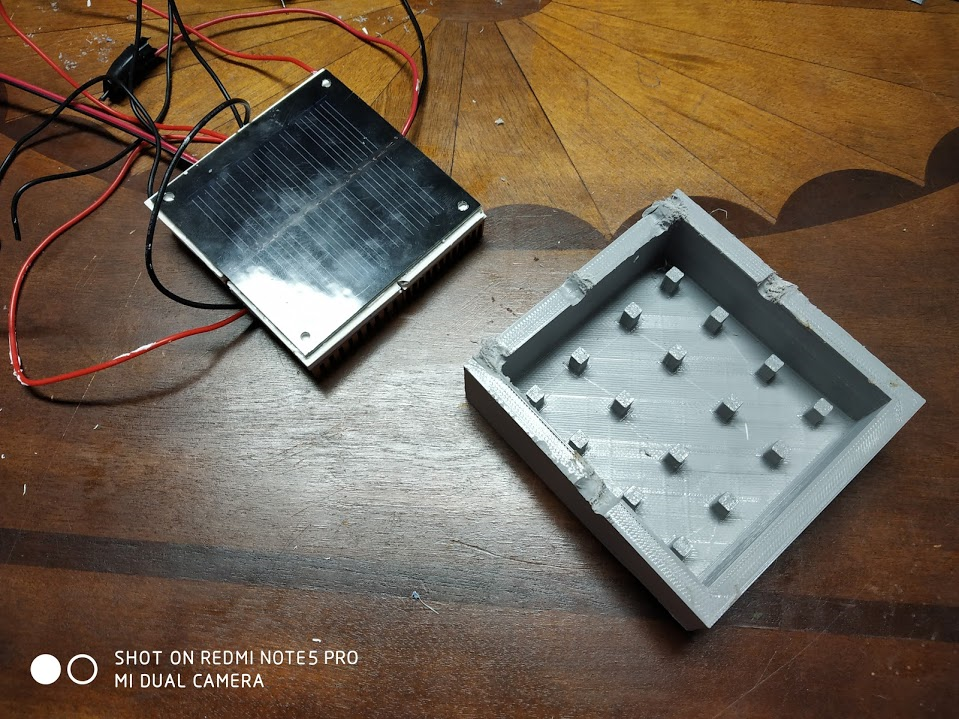
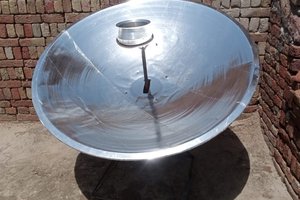
 Wasim Sahu
Wasim Sahu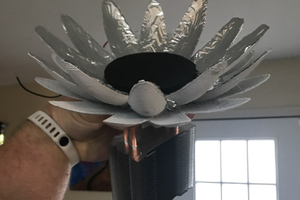
 Josh Starnes
Josh Starnes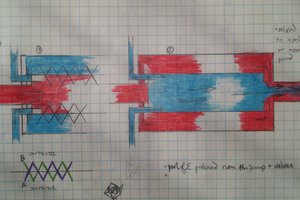
 ken.do
ken.do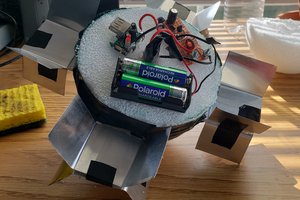
 Kedric
Kedric